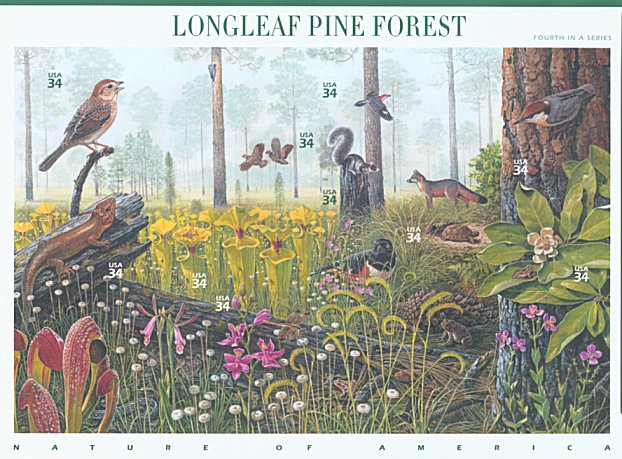Loblolly pine (Pinus taeda L.) covers 16 million ha of forestland in the southeastern United States, more than half of which consists of plantations. Regeneration pests of loblolly pine (Pinus taeda L.) threaten growth and survival in intensively managed loblolly pine plantations throughout the southeastern United States. The Nantucket pine tip moth, Rhyacionia frustrana (Comstock), in particular, often reduces growth of loblolly pine but has been difficult to control with traditional insecticides due to multiple annual generations and multi-year infestations which are difficult to predict in timing and location. Relatively new systemic insecticide products offer a solution in that their efficacy persists through multiple generations and years after a single application. Efficacy of systemic imidacloprid and fipronil were evaluated side by side across multiple sites in Virginia. Significant reductions in Nantucket pine tip moth damage were noted in trees treated with either the imidacloprid or fipronil product compared with check trees. After 2 yr, growth improvement of treated trees relative to controls was modest and not signiÞcant at all sites, but per acre volume indices were significantly greater in treated blocks as a result of higher tree survival. Reduced seedling mortality was attributed primarily to prevention of damage by pales weevil, Hylobius pales Herbst (Coleoptera: Curculionidae), by both insecticide treatments. Control of pales weevil in addition to pine tip moth suggests that systemic insecticide products with a long window of efficacy might control additional nontargeted pests.
Source: CHRISTOPHER ASARO AND JERRE CREIGHTON. Econ. Entomol. 104(4): 1272-1279 (2011); DOI: 10.1603/EC10446 (attached)

- Login om te reageren
